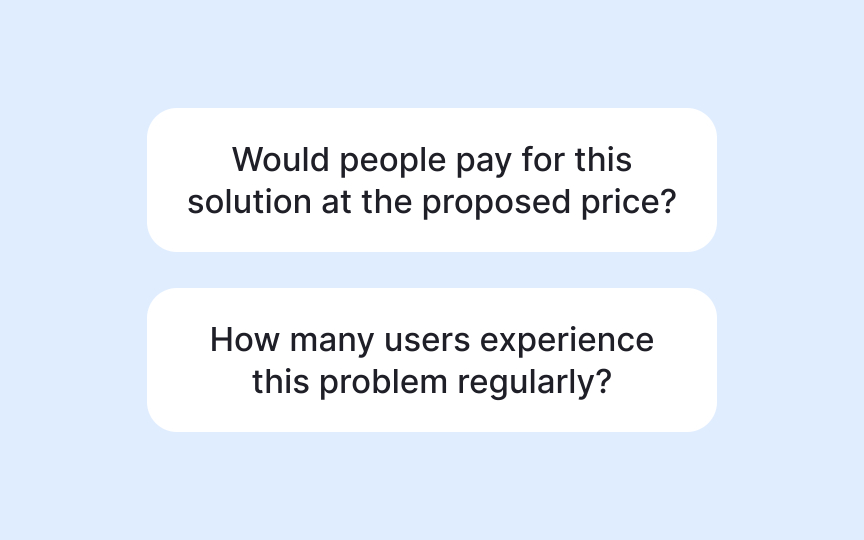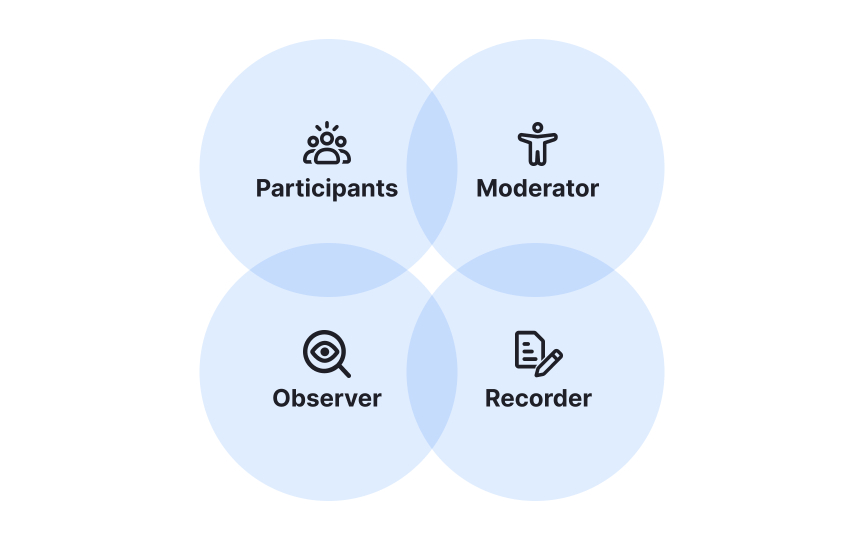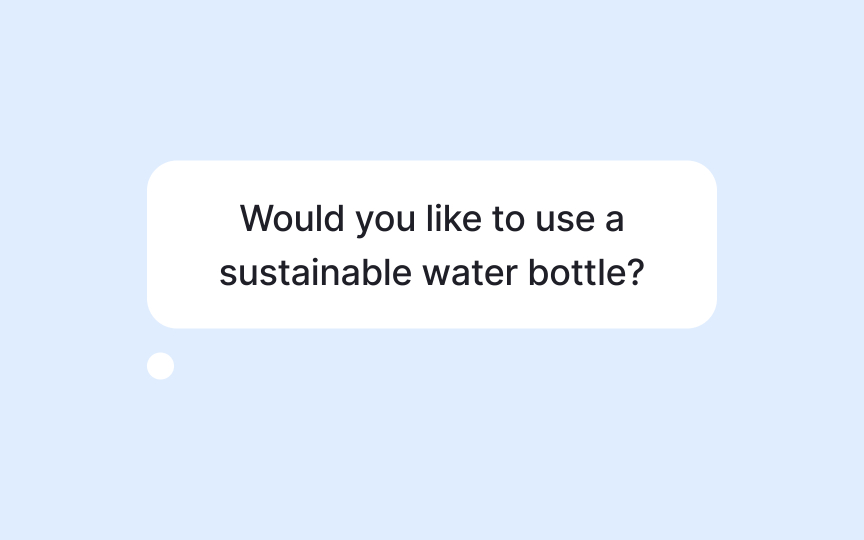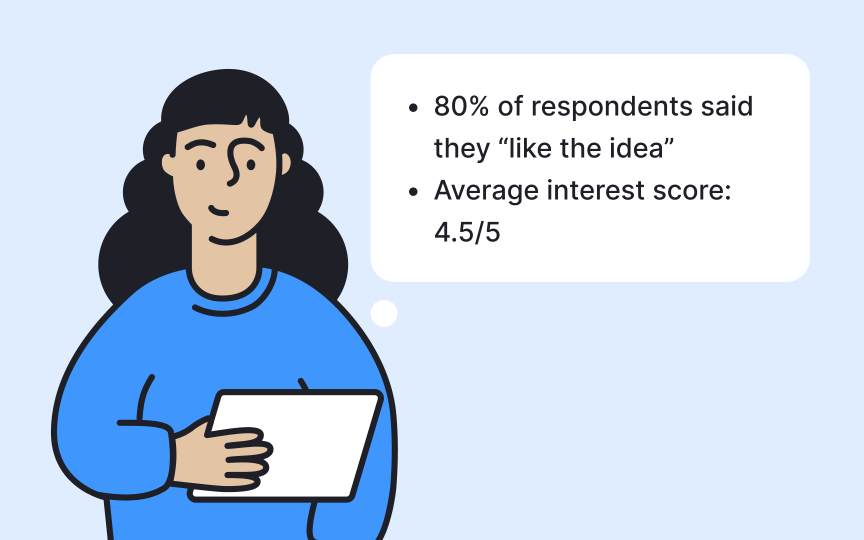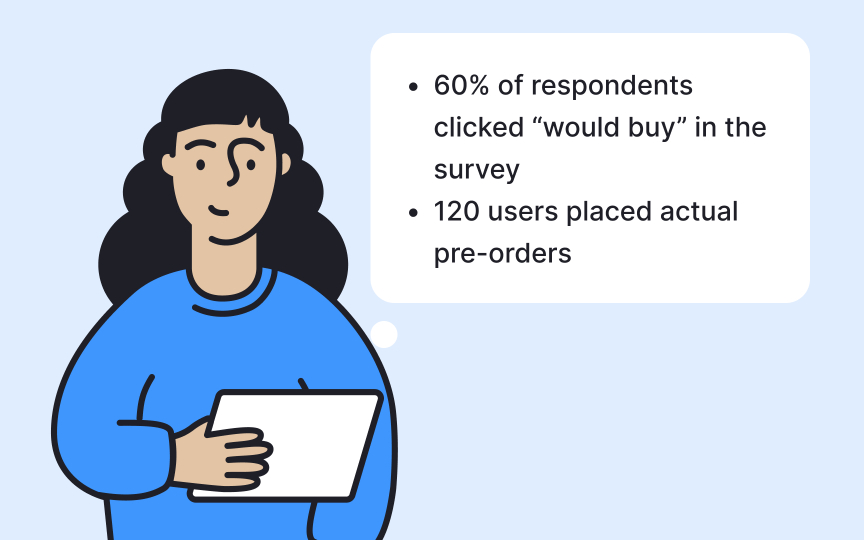Product Validation
Validate product ideas with research, surveys, and competitor insights to confirm real market demand.
Every product begins with a hunch — a sense that something is missing or could be done better. But a hunch on its own is risky. Many products fail not because they were poorly built, but because nobody truly needed them. Product validation bridges the gap between an idea and evidence that people actually care.
Validation works by stress-testing assumptions. Talking with potential customers through focus groups can surface needs that don’t appear in spreadsheets. A well-crafted survey can measure how widespread those needs are, or how much people are willing to pay to solve them. Watching competitors closely reveals whether the market is crowded or whether there’s space for a fresh approach. Each method shines a different light on the same question: does this idea solve a problem worth solving?
Rather than treating validation as a one-time hurdle, it should be seen as an early safeguard. It protects time, money, and energy from being spent on products destined to be ignored. More importantly, it builds the confidence that the work ahead has a real audience waiting for it.
The odds are stacked against new products. Research on consumer goods shows that one in four launches vanish from shelves within a year, and nearly half are gone after two years. The main reason is not poor design or lack of technical skill, but the fact that teams move ahead without checking if demand is real. Skipping validation is like building a house on unstable ground. It might look solid, but it will not last once pressure begins.[1]
Examples show how much difference validation can make. Small businesses often bring early versions to local events or markets. If complete strangers are willing to pay, that is a strong sign of real need. Larger companies use pre-order campaigns or crowdfunding to measure interest before full production. These approaches reveal not just opinions but actual behavior, which is a much stronger signal. Even simple steps like these can prevent wasted investment and give teams confidence that they are solving a problem people care about.
Ideas and validation often get mixed together, yet they answer very different questions. Ideation is about creativity. Teams brainstorm many directions without worrying if they will all succeed. It encourages wild thinking and imagination, which is useful at an early stage. Validation, however, asks for proof. It checks whether people care enough about the problem to take action and whether they would actually pay for the solution.
For example, a team might generate dozens of app ideas during a hackathon. That is ideation. Once the energy fades, only some of those concepts will pass a validation test, such as landing pages that measure sign-ups or simple surveys that capture willingness to pay. Separating these two stages avoids the common trap of confusing excitement for evidence. Creativity opens doors, but validation confirms which ones are worth walking through.
Every product idea rests on assumptions about the problem, the audience, and the value offered. If those assumptions are wrong, the idea can collapse as soon as it meets the market. The first step is to make them visible. Breaking down a concept into its riskiest points allows teams to see what needs testing before significant resources are invested.
Once assumptions are clear, they can be turned into hypotheses and tested through specific methods:
- Interviews and focus groups can validate whether the problem really exists.
- Surveys can measure how widespread it is and whether people are willing to pay.
- Landing page experiments and pre-order campaigns provide direct behavioral signals about intent.
Each of these tools reduces uncertainty and transforms guesswork into evidence. By working through the riskiest assumptions first, teams create a structured path that helps ideas move forward with greater confidence.
Pro Tip: Write each assumption on a sticky note and sort them by risk. Start testing from the top of the “most risky” column.
Focus groups are a practical way to hear directly how people think, feel, and talk about problems in their own words. They complement survey data by adding emotional depth and uncovering the reasons behind choices. To get reliable insights, it is important to recruit participants who resemble the actual target audience. That means going beyond colleagues or friends. Good sources include existing customer lists, professional networks, social media groups, or community spaces where potential users already gather. Casting a wide net helps ensure a variety of experiences rather than a single perspective.
Running the discussion requires both preparation and careful facilitation. A few practical guidelines can help make focus groups more effective:
- Create a neutral environment where participants feel comfortable sharing.
- Ask open and unbiased questions that encourage people to describe real situations rather than giving yes/no answers.
- Prevent louder voices from dominating by inviting quieter members to speak and limiting interruptions.
- Record the session and review it later to capture themes and patterns across comments.
Use these insights to identify genuine needs rather than imagined problems.
Pro Tip: Offer small incentives like gift cards or free product trials to attract participants and increase focus group turnout.
Surveys can be a fast way to gather insights, but they only work if written carefully. Poorly framed questions produce misleading answers. Good surveys are clear, unbiased, and focused on the signals that matter most, such as intent to buy, willingness to pay, or ranking of features. Clarity is essential because even small wording changes can shift responses.
Consider a team testing demand for a new reusable water bottle. A weak question might ask, “Would you like to use a sustainable bottle?” Most people will say yes, but that does not confirm real behavior. A stronger question would ask, “How much would you pay for a sustainable bottle?” or “Which of these options would you choose at checkout?” These answers reveal actual priorities. Well-designed surveys create data that helps teams understand interest in concrete terms, not just in theory.
Pro Tip: Use a mix of multiple-choice and open questions. Numbers give scale, while free text uncovers unexpected insights.
Gathering survey responses is only the beginning. The real value comes from analyzing results in a way that avoids bias and surfaces reliable signals of demand. Many teams fall into the trap of celebrating high percentages of “interest” without asking if those numbers reflect actual intent. To avoid this, surveys should be carefully structured and interpreted with discipline.
One proven approach is to design surveys in 3 sections:
- The first screens respondents to make sure they match the target audience.
- The second confirms whether they truly face the problem, rather than steering them toward your solution.
- The third sets expectations by asking what they would need in a solution and how much they would realistically pay.
This structure helps separate casual interest from real commitment.
When interpreting results, look beyond surface-level enthusiasm. Several tips make interpretation stronger:
- Compare results with real-world behavior, like clicks on
landing pages or pre-orders. - Beware of leading questions that may have inflated enthusiasm.
- Avoid relying on a single metric. Cross-check interest, willingness to pay, and repeat use.
- Treat surveys as signals to be combined with other methods, not as final proof.
Pro Tip: Randomize the order of survey options. This avoids bias from people always picking the first or last answer.
Competitor activity offers important clues about whether there is demand in a market. If rivals are growing quickly, it may signal strong interest. If they struggle, it may reveal gaps or unmet needs. Monitoring competitors is not about copying them but about learning what users already accept and what frustrates them.
For example, customer reviews of existing apps often highlight pain points. People may complain about pricing, poor support, or missing features. These complaints are opportunities to stand out. Tracking competitor launches, marketing strategies, and even abandoned products helps teams decide where to position themselves. If a segment looks overcrowded, it might be better to pivot. If a competitor leaves a gap, it could be a chance to create a product that fits better with user expectations.
Pro Tip: Track competitor pricing over time. Sudden drops or increases reveal real market shifts you can learn from.
The strongest proof of demand is not what people say but what they do. Small-scale experiments can provide that proof without the cost of a full launch. Tactics like waitlists, pre-orders, or
A simple example is a fake-door test, where a button for a new feature is added to a website. If many users click, it signals interest before the feature is even built. Similarly, crowdfunding campaigns validate demand by asking people to pay in advance. Even if the numbers are small, they reveal more than verbal enthusiasm. These lightweight tests allow teams to fail quickly if interest is weak and double down when signals are strong.
Pro Tip: Use A/B tests on pricing pages to confirm willingness to pay before setting final product costs.
Validation is not about achieving perfect certainty. It is about gathering enough signals to reduce risk and move ahead responsibly. Teams need clear criteria that define what “validated” means for their context. These could be minimum numbers of pre-orders, survey responses that meet thresholds, or positive feedback in focus groups.
For instance, an e-commerce startup might decide that at least 100 pre-orders are required before production begins. Another team might set a target of converting 5% of a waitlist into paying customers. Having these rules in place avoids endless testing and ensures decisions are guided by evidence. The goal is balance. Moving too early risks building on weak demand, while waiting too long can kill momentum. Strong validation criteria help teams strike the right timing.
Pro Tip: Mix surveys, interviews, and competitor research. Combining methods gives stronger proof than relying on one.
References
Topics
From Course
Share
Similar lessons

Understanding User Needs and Pain Points

User Research and Personas

